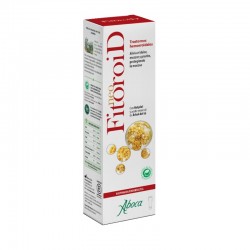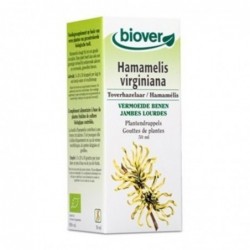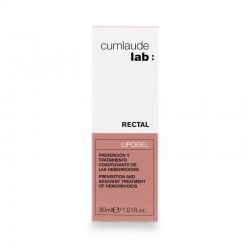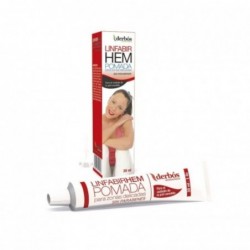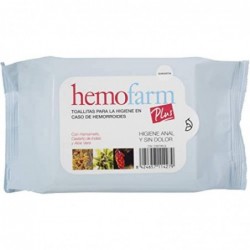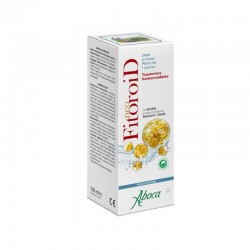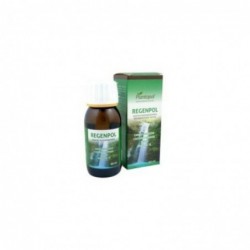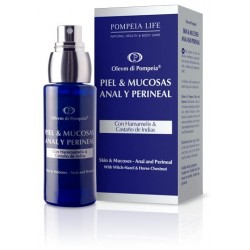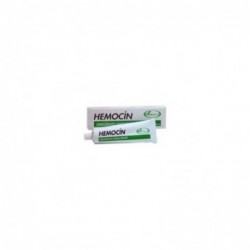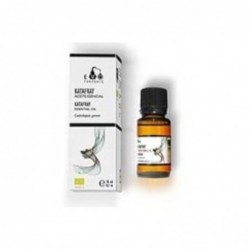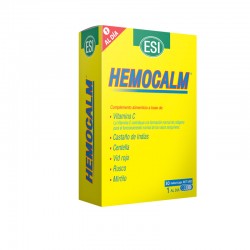Hemorrhoids
Hemorrhoids
Hemorrhoids, commonly known as piles, are inflammations of the veins in the anal area (external hemorrhoids) or the lower rectum (internal hemorrhoids). They can cause severe pain (especially when sitting or defecating), accompanied by mild bleeding, anal itching, and hard, tender bumps near the anus. They are often painless, but if left untreated and blood clots form, complications can occur and intense discomfort can occur.
The cause of this condition is often increased pressure in the anus, frequently during pregnancy, childbirth, or due to constipation. This pressure causes the veins and anal tissues to swell and cause pain.
Hemorrhoids are very common. They are the result of increased pressure in the anus. This can occur during pregnancy or childbirth, or due to constipation. The pressure causes the veins and anal tissues to swell. It's important to treat them as soon as possible, as if they are very large, they can bulge out, causing a prolapse, or a blood clot can form, becoming extremely painful (thrombosed external hemorrhoid).
Hemorrhoid Care and Prevention
Maintaining proper intimate hygiene is especially important for hemorrhoid prevention, using wipes regularly for deep cleaning and helping to soothe minor pain and irritation. At Farma2Go, we have a wide variety of products for treating hemorrhoids, with ingredients such as aloe vera, which provides anti-inflammatory properties, or horse chestnut, which promotes blood circulation. There are soothing gels and ointments, and tablets or solutions that act as a decongestant on areas of excess pressure, providing comfort and calm.
For external hemorrhoids, the use of ointments, suppositories, or wipes is recommended to help reduce inflammation and pain. They can be combined with natural remedies that help soften stools and strengthen venous circulation to alleviate discomfort.
For internal hemorrhoids, more aggressive treatments are necessary, such as the use of elastic bands to strangle them, laser treatments, cryotherapy, or, as a last resort, surgery.
check_circle
check_circle

